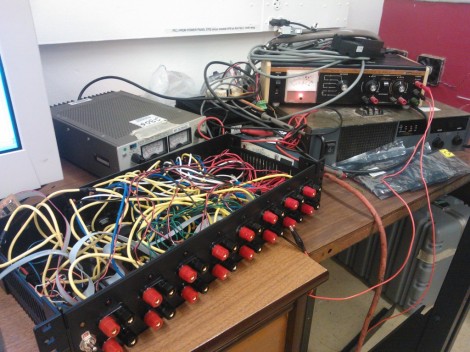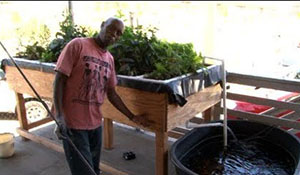
This system of hybridizing your home’s electric appliances is an interesting take on solar energy. It focuses on seamlessly switching appliances from the grid to stored solar energy as frequently as possible. There’s a promo video after the break that explains the setup, but here’s the gist of it.
Follow along on the pictograph above. We start on the left with solar panel. This feeds to a charger that tops off a 12V battery. When that battery is full, the charger feeds to the inverter which converts the 12V DC to 110V AC power. This is fed to a pass-through which is in between the appliance (in this a case a lamp) and the wall outlet. The pass-through will switch between mains power coming from the outlet, and the 110 coming from the inverter. The homeowner won’t know, or care, which power source is being used. But sunny months should result in lower energy bills. The real question is how long it takes to cover the cost of the system in saved electricity.
Continue reading “Driving Your Home Appliances With Hybrid Power”
















